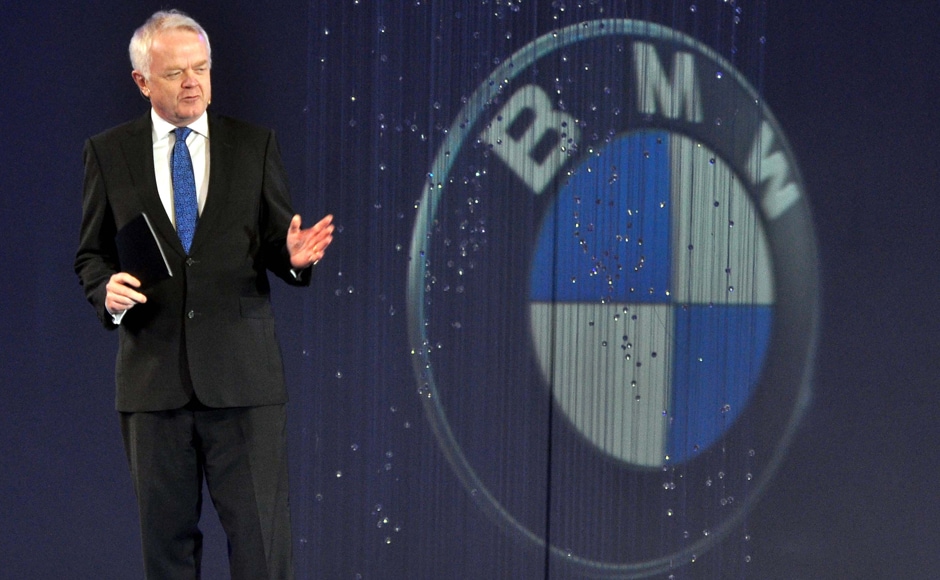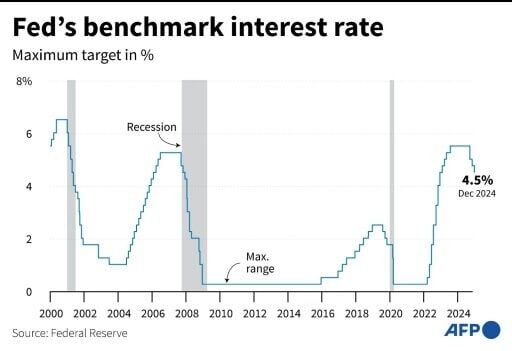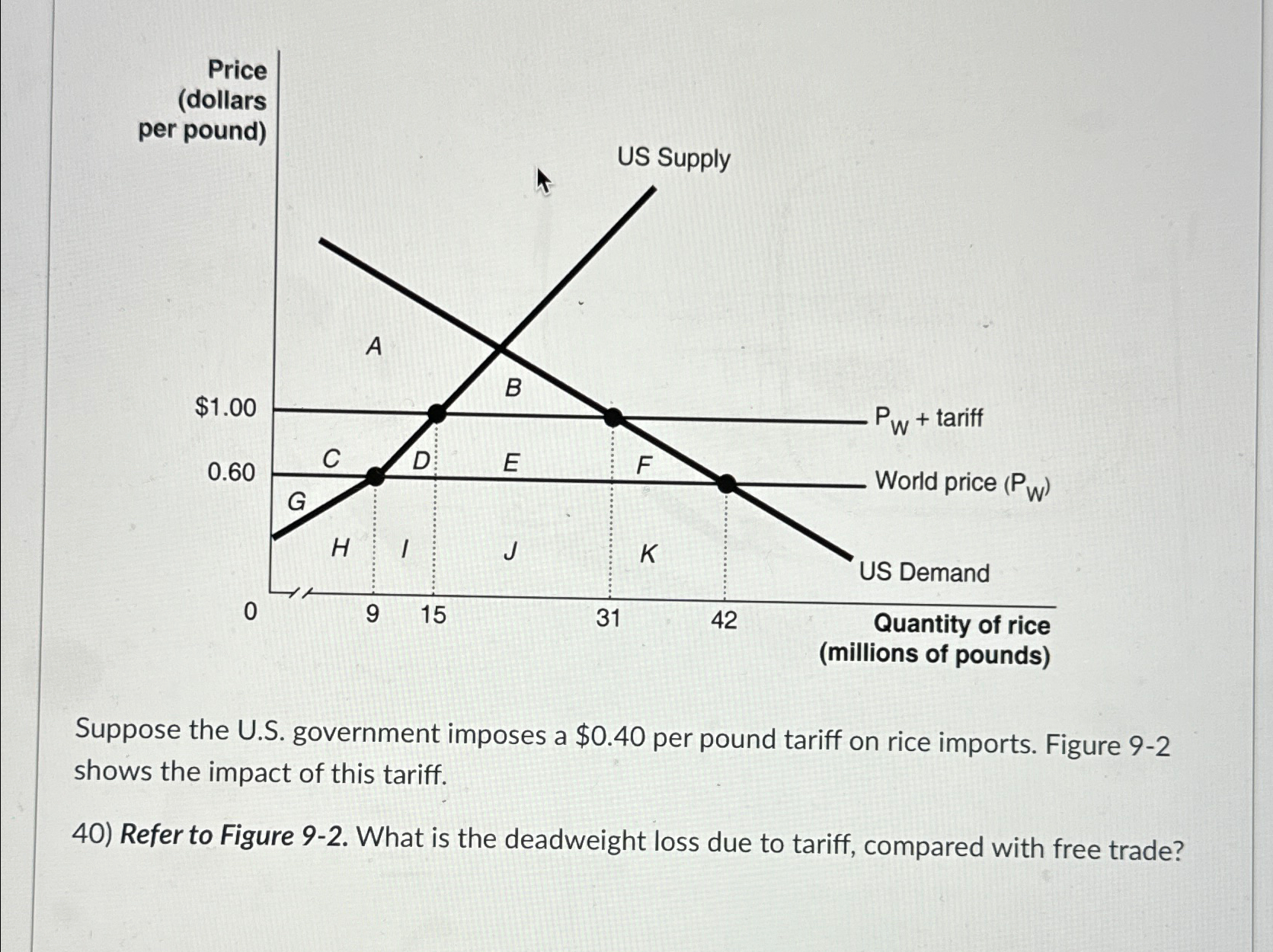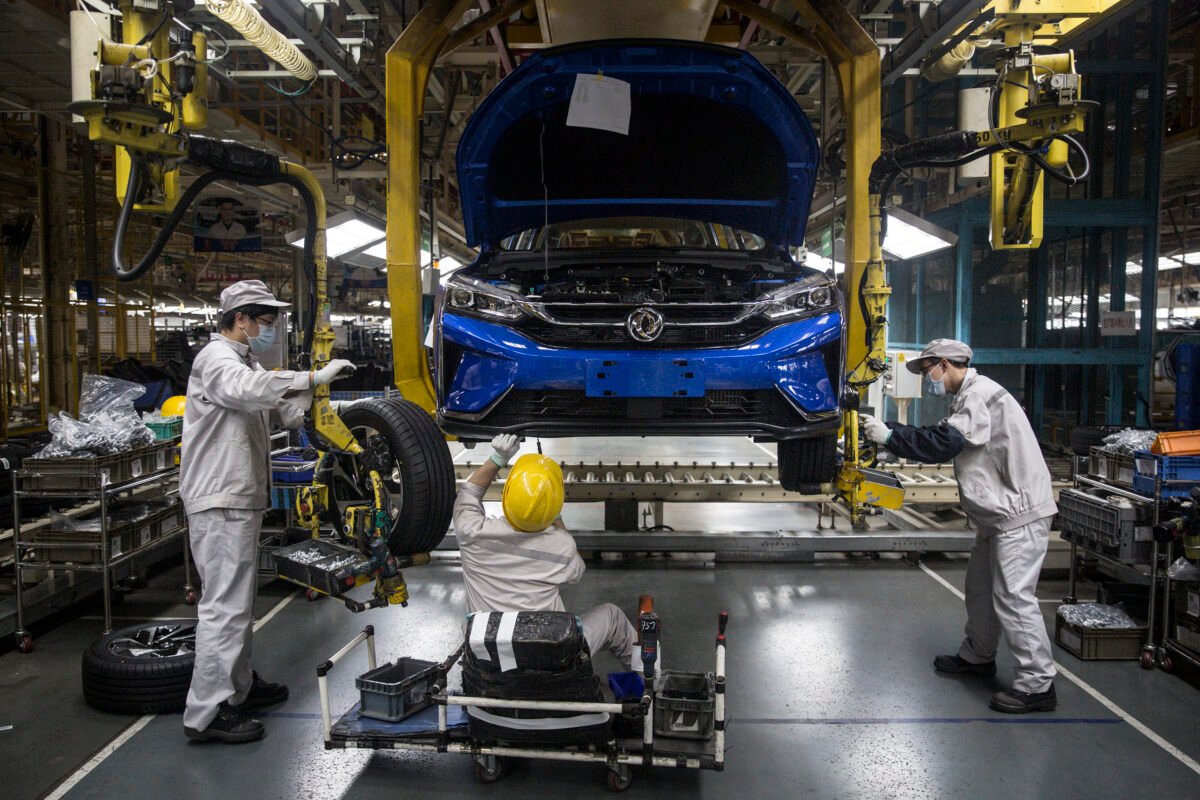Navigating The Chinese Market: The Struggles Of BMW, Porsche, And Other Automakers

Table of Contents
Intense Domestic Competition
The Chinese automotive landscape is dominated by a rapidly growing contingent of strong domestic brands. Companies like BYD, NIO, and XPeng are not only challenging established players but actively reshaping the market. Their success stems from several key factors:
- Competitive Pricing: Domestic brands often offer vehicles with comparable features at significantly lower price points than their foreign counterparts. This aggressive pricing strategy is a significant factor in their market share gains.
- Technological Advancements: Chinese automakers are at the forefront of electric vehicle (EV) technology and smart car features. Their innovative designs and advanced technology appeal to tech-savvy Chinese consumers. BYD, for example, boasts impressive battery technology and vertical integration, giving them a cost and supply chain advantage.
- Understanding Local Consumer Preferences: Domestic brands possess an inherent understanding of local consumer tastes and preferences, allowing them to tailor their products and marketing messages with greater effectiveness.
Data from the China Association of Automobile Manufacturers (CAAM) consistently shows a rising market share for domestic brands, often at the expense of established foreign players. This highlights the intense competition faced by BMW, Porsche, and other international automakers.
Evolving Consumer Preferences in China
Chinese consumer preferences are rapidly evolving, particularly regarding vehicle technology and brand image. The shift towards electric vehicles is dramatic, impacting established brands reliant on traditional internal combustion engine (ICE) vehicles.
- Demand for Advanced Technology: Chinese consumers increasingly prioritize advanced technology features such as autonomous driving capabilities, sophisticated infotainment systems, and connected car services.
- Brand Image and Social Status: The vehicle choice plays a significant role in projecting social status. Premium brands still hold appeal, but this is increasingly intertwined with technological sophistication and environmental consciousness.
- Personalized and Customized Vehicles: There's a growing demand for vehicles that can be personalized to reflect individual tastes and preferences.
The rapid adoption rate of EVs in China, exceeding global averages, underscores the urgency for foreign automakers to adapt their product portfolios and manufacturing strategies.
Regulatory Hurdles and Market Access
Navigating the regulatory landscape in China presents significant challenges for foreign automakers. The complexities include:
- Import Tariffs and Taxes: High import tariffs can significantly increase the cost of imported vehicles, impacting price competitiveness.
- Emission Standards and Localization Requirements: Stringent emission standards and localization requirements (requiring a certain percentage of local content in manufacturing) necessitate substantial investment and adaptation.
- Setting Up Manufacturing and Distribution Networks: Establishing efficient manufacturing and distribution networks in China requires navigating complex bureaucratic procedures and regulatory hurdles.
These regulations, while aimed at fostering domestic growth and environmental protection, create substantial barriers to entry and operation for foreign automotive companies. Examples include the challenges faced by Tesla in meeting certain localization requirements and navigating import duties.
Marketing and Branding Strategies
Tailoring marketing and branding strategies to the specific cultural nuances of the Chinese market is paramount for success. This requires a multifaceted approach:
- Digital Marketing and Social Media: China's digital landscape is highly developed, with significant reliance on social media platforms like WeChat and Weibo for marketing and brand engagement.
- Celebrity Endorsements and Influencer Marketing: Leveraging celebrity endorsements and influencer marketing campaigns is crucial for building brand awareness and credibility.
- Understanding Regional Variations: Consumer preferences can vary significantly across different regions in China, necessitating region-specific marketing strategies.
Successful campaigns often incorporate a deep understanding of local culture, values, and social media trends. Conversely, failures often stem from a lack of cultural sensitivity or an overly Westernized approach.
The Importance of Localization
Localization goes beyond simple translation. It involves adapting products and services to meet the specific needs and preferences of Chinese consumers. This includes:
- Design Adaptations: Adjusting vehicle design to appeal to local aesthetic preferences.
- Feature Customization: Offering features specifically desired by Chinese consumers, such as particular safety features or infotainment options.
- After-Sales Service: Providing high-quality and responsive after-sales service tailored to local expectations.
This localized approach is crucial to fostering customer loyalty and achieving sustainable success in the Chinese market.
Mastering the Chinese Automotive Market: A Call to Action
Successfully navigating the Chinese automotive market demands a deep understanding of its unique dynamics – intense domestic competition, rapidly evolving consumer preferences, complex regulatory hurdles, and the critical need for effective localization strategies. Understanding the complexities of the Chinese automotive landscape is paramount for any automaker seeking to expand into or succeed within this significant market. Before investing or expanding your automotive business in China, delve deeper into research to unlock the potential of the Chinese market. This includes thoroughly investigating market trends, regulatory requirements, and consumer preferences.
(Optional: Link to relevant resources on Chinese automotive market research)

Featured Posts
-
 Colgate Cl Q Quarter Earnings Tariff Hikes Slash Profits By 200 Million
Apr 26, 2025
Colgate Cl Q Quarter Earnings Tariff Hikes Slash Profits By 200 Million
Apr 26, 2025 -
 Trump Tariffs And Disinflation Ecb Member Holzmanns Perspective
Apr 26, 2025
Trump Tariffs And Disinflation Ecb Member Holzmanns Perspective
Apr 26, 2025 -
 Speed King Merlier Wins Double At Paris Nice
Apr 26, 2025
Speed King Merlier Wins Double At Paris Nice
Apr 26, 2025 -
 Callaway Parker Delivered To Ptc By Verret Waterways Journal Update
Apr 26, 2025
Callaway Parker Delivered To Ptc By Verret Waterways Journal Update
Apr 26, 2025 -
 Colgates Sales And Profits Fall 200 Million Tariff Impact
Apr 26, 2025
Colgates Sales And Profits Fall 200 Million Tariff Impact
Apr 26, 2025
Latest Posts
-
 Trumps First 100 Days A Rural Schools Perspective 2700 Miles From Dc
Apr 26, 2025
Trumps First 100 Days A Rural Schools Perspective 2700 Miles From Dc
Apr 26, 2025 -
 Rural School 2700 Miles From Dc Feeling The Impact Of Trumps Presidency
Apr 26, 2025
Rural School 2700 Miles From Dc Feeling The Impact Of Trumps Presidency
Apr 26, 2025 -
 2700 Miles From Dc How Trumps First 100 Days Impacted A Rural School
Apr 26, 2025
2700 Miles From Dc How Trumps First 100 Days Impacted A Rural School
Apr 26, 2025 -
 The Rise Of Chinese Automakers A Competitive Analysis
Apr 26, 2025
The Rise Of Chinese Automakers A Competitive Analysis
Apr 26, 2025 -
 Will Chinese Cars Dominate The Global Market
Apr 26, 2025
Will Chinese Cars Dominate The Global Market
Apr 26, 2025
